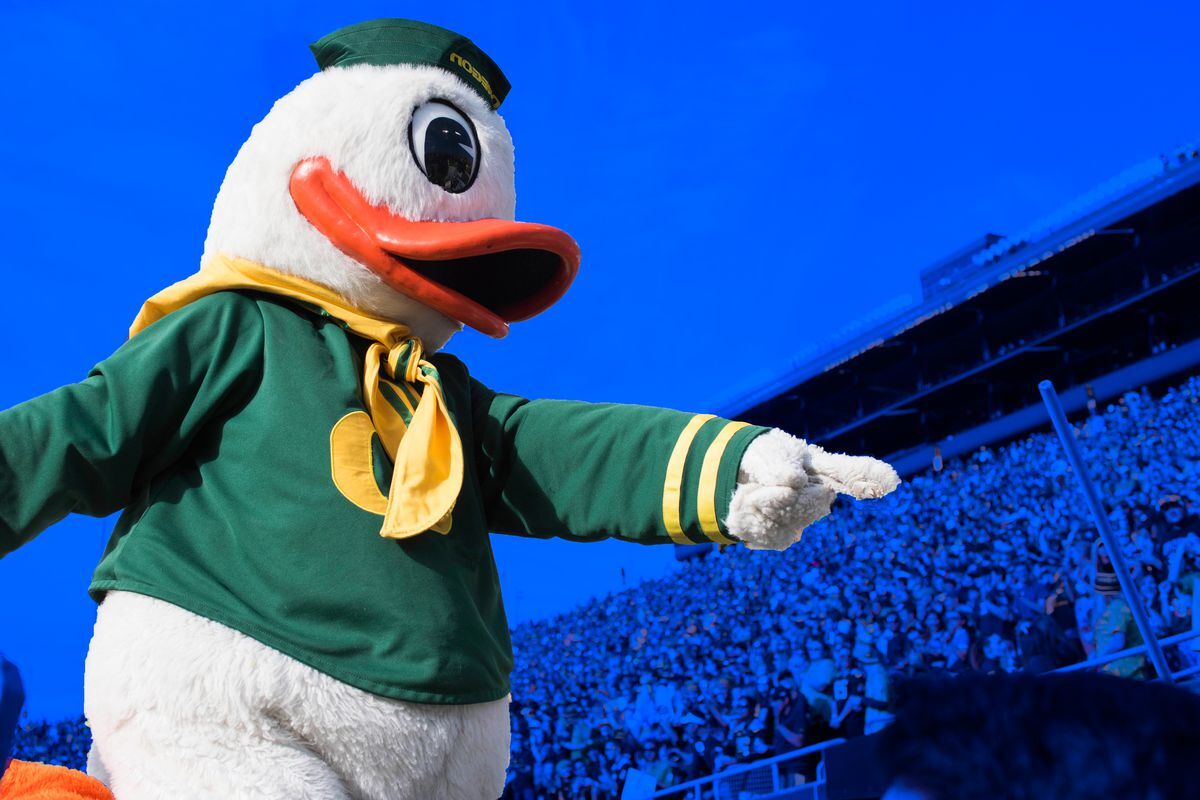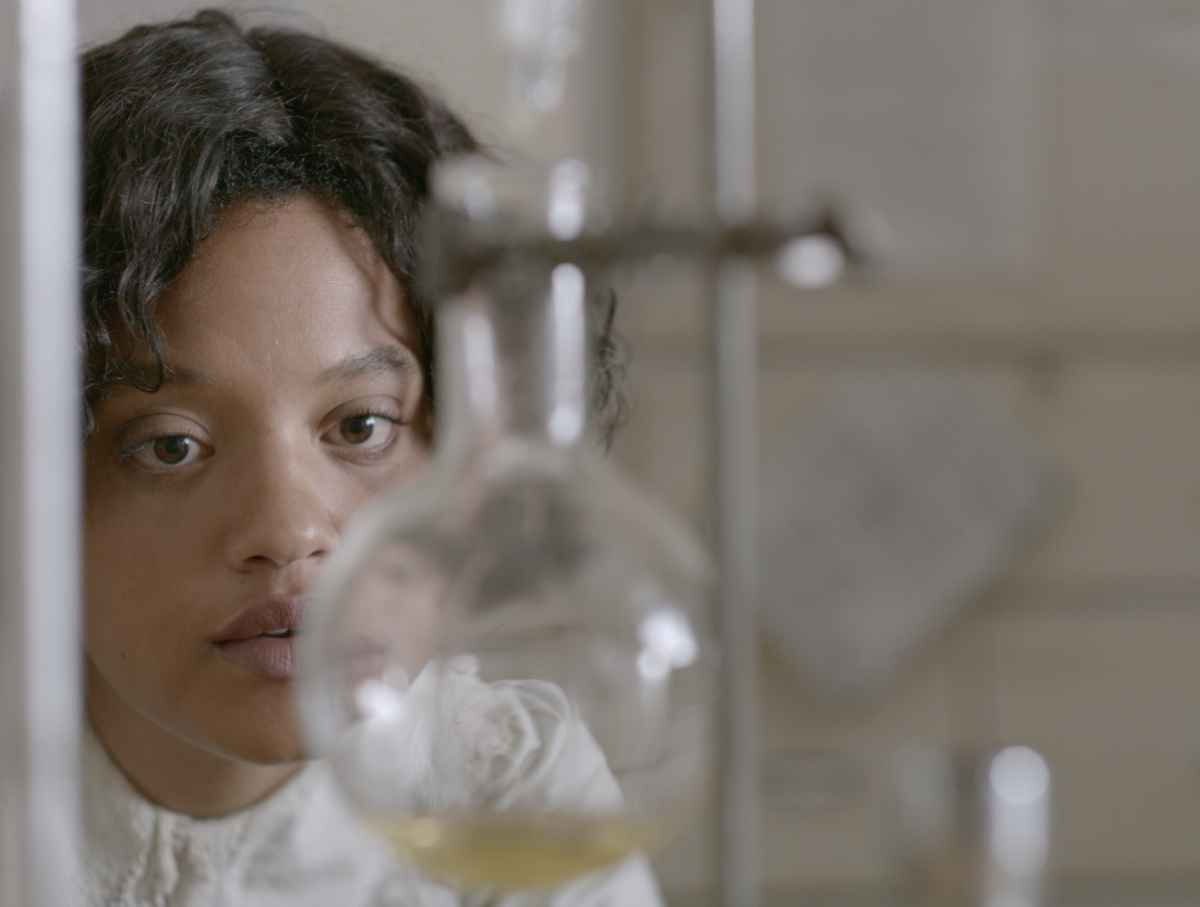
Mascots have a unique way of bringing life to sports teams, schools, and businesses. Ever wondered why they hold such a special place in our hearts? Mascots serve as symbols of spirit, unity, and identity. They can be animals, people, or even objects, each with its own story and personality. From the roaring lions to the quirky, oversized food items, these characters captivate audiences and create lasting memories. But there's more to them than just entertaining antics. They often represent deeper meanings, cultural significance, and historical roots. Ready to dive into some fun and surprising facts about these beloved figures? Let's get started!
Key Takeaways:
- Mascots are more than just fun characters; they represent teams, brands, and events, bringing energy and excitement to various occasions. They have their own social media accounts and can become cultural icons.
- Mascots play a crucial role in marketing, helping brands connect with their audience on a personal level. They make products memorable and relatable, and some even have their own theme songs and dances.
What Are Mascots?
Mascots are more than just fun characters. They represent teams, brands, and events, bringing energy and excitement to various occasions. Here are some fascinating facts about mascots that you might not know.
-
The word "mascot" comes from the French term "mascotte," meaning lucky charm.
-
The first recorded use of a mascot was in 1880 by the French opera "La Mascotte."
-
Sports teams often use animals as mascots to symbolize strength, agility, and other desirable traits.
-
The Olympic Games have had official mascots since the 1968 Winter Olympics in Grenoble, France.
-
Some mascots are so popular that they have their own social media accounts with thousands of followers.
Famous Mascots in Sports
Sports mascots are a big deal. They entertain fans, boost team spirit, and sometimes even become more famous than the players themselves.
-
The Phillie Phanatic, the mascot for the Philadelphia Phillies, is one of the most recognizable mascots in Major League Baseball.
-
Gritty, the mascot for the Philadelphia Flyers, gained instant fame for his quirky and somewhat bizarre appearance.
-
The Chicago Bulls' mascot, Benny the Bull, has been entertaining fans since 1969.
-
The San Diego Chicken, originally a radio station mascot, became a sports icon in the 1970s.
-
Sir Purr, the Carolina Panthers' mascot, is known for his playful antics during NFL games.
Mascots in Pop Culture
Mascots aren't just for sports. They appear in movies, TV shows, and even video games, becoming cultural icons in their own right.
-
Mickey Mouse, created by Walt Disney, is arguably the most famous mascot in the world.
-
Ronald McDonald has been the face of McDonald's since the 1960s, promoting the fast-food chain globally.
-
Tony the Tiger has been the mascot for Kellogg's Frosted Flakes since 1952, known for his catchphrase, "They're grrreat!"
-
The Geico Gecko has been a staple in Geico's advertising campaigns since 1999.
-
The Energizer Bunny, known for "keeping going and going," has been a symbol of long-lasting power since 1989.
The Role of Mascots in Marketing
Mascots play a crucial role in marketing, helping brands connect with their audience on a personal level. They make products memorable and relatable.
-
The Michelin Man, also known as Bibendum, has been the face of Michelin tires since 1894.
-
Chester Cheetah has been promoting Cheetos snacks with his cool, laid-back attitude since 1986.
-
The Pillsbury Doughboy, known for his infectious giggle, has been a beloved mascot since 1965.
-
Mr. Peanut, the Planters mascot, has been around since 1916, donning a top hat and monocle.
-
The Kool-Aid Man, famous for bursting through walls, has been a part of Kool-Aid's branding since 1954.
Mascots in Education
Schools and universities also use mascots to build school spirit and create a sense of community among students and alumni.
-
The University of Georgia's mascot, Uga, is a live English Bulldog that attends games and events.
-
The Stanford Tree, representing Stanford University, is one of the most unique and recognizable college mascots.
-
The University of Texas at Austin's mascot, Bevo, is a live Texas Longhorn steer.
-
The University of Oregon's mascot, The Duck, is based on Disney's Donald Duck.
-
The University of Notre Dame's mascot, the Leprechaun, symbolizes the school's Irish heritage.
Unusual Mascots
Not all mascots fit the traditional mold. Some are downright strange, but that's what makes them memorable.
-
The Fighting Okra is the unofficial mascot of Delta State University in Mississippi.
-
The Scottsdale Community College mascot is Artie the Artichoke.
-
The University of California, Santa Cruz, has a Banana Slug as its mascot.
-
The Evergreen State College in Washington has a Geoduck, a type of large clam, as its mascot.
-
The University of Arkansas at Monticello's mascot is the Boll Weevil, an insect known for destroying cotton crops.
Mascot Fun Facts
Here are some additional fun tidbits about mascots that you might find interesting.
-
Some mascots have their own theme songs and dances.
-
Mascot costumes can weigh up to 50 pounds, making them quite a workout to wear.
-
There are professional mascot training schools that teach performers how to entertain and engage with audiences.
-
Mascots often have to sign autographs and take photos with fans, just like celebrities.
-
Some mascots have even appeared in movies and TV shows, further cementing their place in popular culture.
Mascots: More Than Just Costumes
Mascots aren't just fun characters; they play a big role in branding, entertainment, and sports. From school spirit to corporate identity, these lively figures connect people to brands and teams. They bring joy, create memories, and sometimes even become legends themselves. Think of Mickey Mouse or the Philly Phanatic—icons that transcend their original purpose.
Understanding mascots' history and impact helps appreciate their importance. They’re not just about wearing a costume; it’s about embodying a spirit, telling a story, and engaging an audience. Whether cheering at a game or promoting a product, mascots make experiences memorable.
Next time you see a mascot, remember the creativity, effort, and passion behind it. They’re more than just characters; they’re symbols of connection and joy. So, give them a high-five, snap a photo, and enjoy the magic they bring to our lives.
Frequently Asked Questions
Was this page helpful?
Our commitment to delivering trustworthy and engaging content is at the heart of what we do. Each fact on our site is contributed by real users like you, bringing a wealth of diverse insights and information. To ensure the highest standards of accuracy and reliability, our dedicated editors meticulously review each submission. This process guarantees that the facts we share are not only fascinating but also credible. Trust in our commitment to quality and authenticity as you explore and learn with us.


